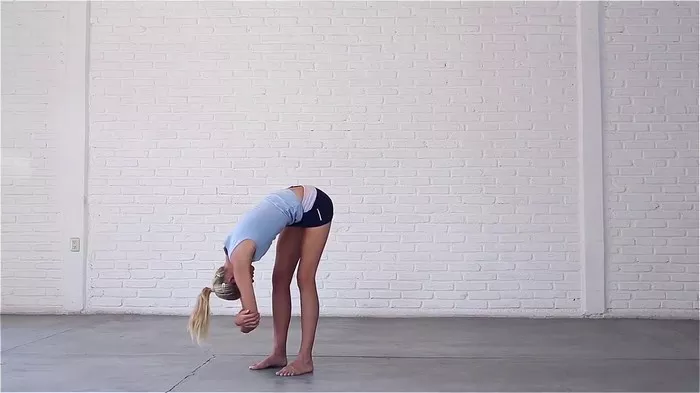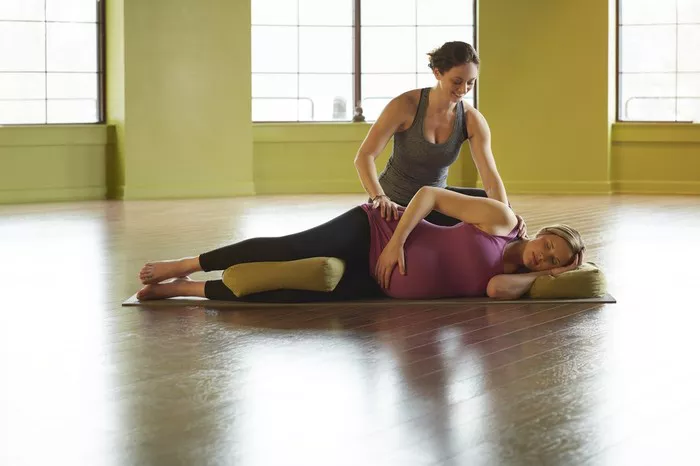Yoga, with its myriad of poses and practices, offers a holistic approach to physical and mental well-being. Among the multitude of poses, the Ragdoll Pose stands out for its unique blend of relaxation and stretch. In this article, we delve into the origins, benefits, variations, step-by-step instructions, and precautions of the Ragdoll Pose, providing readers with a comprehensive understanding of this rejuvenating posture.
Origins and Symbolism
The Ragdoll Pose, also known as Uttanasana in Sanskrit, finds its roots in the ancient practice of yoga. Uttanasana comes from the combination of two Sanskrit words: “ut” meaning intense and “tan” meaning to stretch. Historically, yoga poses were developed not only for physical health but also for spiritual growth. In this context, the Ragdoll Pose symbolizes surrender and letting go. By bending forward and releasing tension, practitioners symbolically surrender to the present moment, letting go of worries and stresses.
Physical and Mental Benefits
The Ragdoll Pose offers a multitude of physical and mental benefits, making it a valuable addition to any yoga practice. Physically, this pose stretches the entire back body, including the spine, hamstrings, and calves. It also helps release tension in the neck, shoulders, and upper back, areas where many people carry stress. Regular practice of the Ragdoll Pose can improve flexibility in the spine and promote better posture.
Mentally, the forward fold of the Ragdoll Pose has a calming effect on the mind. As practitioners surrender to the pose, they may experience a sense of release and relaxation. The gentle inversion also promotes blood flow to the brain, which can enhance mental clarity and reduce feelings of fatigue and anxiety.
Variations and Modifications
Like many yoga poses, the Ragdoll Pose offers variations and modifications to suit practitioners of all levels and abilities. One common variation is the use of props such as blocks or a bolster. Placing a block under the hands can make the pose more accessible to beginners or those with limited flexibility. Additionally, practitioners can experiment with widening or narrowing the stance to adjust the intensity of the stretch.
For those seeking a deeper stretch, variations such as the Wide-Legged Forward Fold or the Standing Forward Bend with Shoulder Opener offer alternative ways to target the back body while incorporating additional elements of balance and strength.
Step-by-Step Instructions
To practice the Ragdoll Pose, follow these step-by-step instructions:
- Begin standing tall with feet hip-width apart and arms alongside the body.
- Take a deep inhale to lengthen the spine, and as you exhale, soften the knees and hinge forward from the hips.
- Allow the upper body to hang heavy, letting the arms dangle towards the floor.
- Release the head and neck, allowing them to relax completely.
- If comfortable, you can grab opposite elbows with hands and gently sway from side to side.
- Hold the pose for 5-10 breaths, focusing on deepening the stretch with each exhale.
- To release, engage the core muscles and slowly roll up to standing, one vertebra at a time.
Precautions and Contraindications
While the Ragdoll Pose offers numerous benefits, it’s essential to practice with awareness and caution, especially if you have any pre-existing medical conditions or injuries. Here are some precautions and contraindications to consider:
1. Avoid practicing the Ragdoll Pose if you have a recent or chronic back injury, as forward folds can exacerbate discomfort.
2. Pregnant individuals should practice with caution, avoiding deep forward folds that compress the abdomen.
3. If you have high blood pressure or eye conditions such as glaucoma, keep the head above the heart to prevent dizziness or increased pressure in the eyes.
4. Listen to your body and avoid pushing into discomfort or pain. Instead, focus on finding a gentle stretch that feels good for your body.
Conclusion
In conclusion, the Ragdoll Pose offers a blend of relaxation, stretch, and surrender, making it a valuable addition to any yoga practice. By understanding its origins, benefits, variations, and precautions, practitioners can safely incorporate this pose into their routine, experiencing its transformative effects on both body and mind. Whether you’re a beginner or an experienced yogi, take the time to explore the Ragdoll Pose and discover its profound impact on your well-being.














